
You know, vegetarian food, that simple food you eat at the temple, right?”
For those of you who have such an image, let me tell you a shocking fact. In fact, vegetarian cuisine is, It has been highly praised by foreign celebrities and VIPs from the world of politics and business, who have called it “the most impressive meal they have ever had. “the most impressive meal I have ever had.
Indeed, it is not unreasonable to have the impression that vegetarian cuisine = plain food.
In reality, however, the dish is completely free of meat and fish, yet skillfully produces the richest and most delicate flavors imaginable. It is hard to believe, isn’t it? But that secret is the greatest appeal of vegetarian cuisine.
This article will help you understand the true charm of vegetarian cuisine. From basic knowledge to eating manners, ingredients that should not be used, and recommended menus, we will explain everything in an easy-to-understand manner so that even beginners can easily understand. Let’s explore the depth of Japan’s world-class food culture together.
What is vegetarian cuisine?
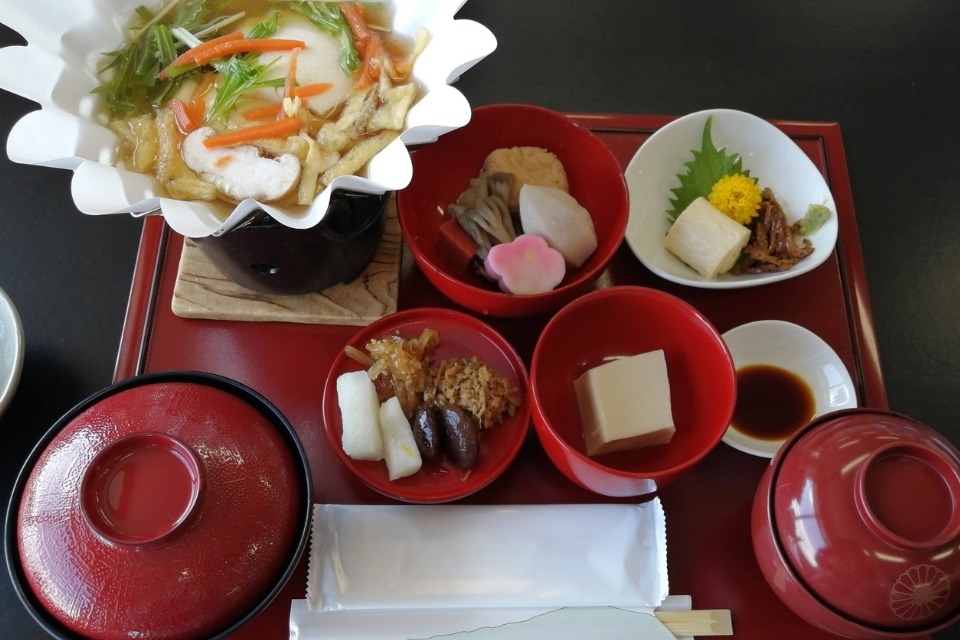
Shojin ryori is a traditional Japanese cuisine based on Buddhist teachings. The word “shojin” means to purify one’s mind and body and to devote oneself to the Buddha’s Way by purifying one’s mind and body by eliminating all distractions in Buddhist practice. Therefore, Shojin ryori is not just a meal, but is positioned as part of one’s ascetic training through food.
When, where, and who eats the food.
Shojin ryori was originally a Buddhist monks as part of their ascetic training. Buddhist monks as part of their ascetic training.
Even today, it is served at Zen temples as a breakfast, lunch, and dinner meal, and is also served to the general public at Buddhist memorial services and other occasions.
In recent years, it has come to be served at specialty vegetarian restaurants andhigh-end ryotei (Japanese-style restaurants), making it a dish that can be enjoyed by more people than just monks and Buddhists. In particular, it is attracting attention from people without a religious background due to the growing health consciousness and diversification of diets, such as vegetarian and vegan.
Vegan-friendly vegetarian cuisine
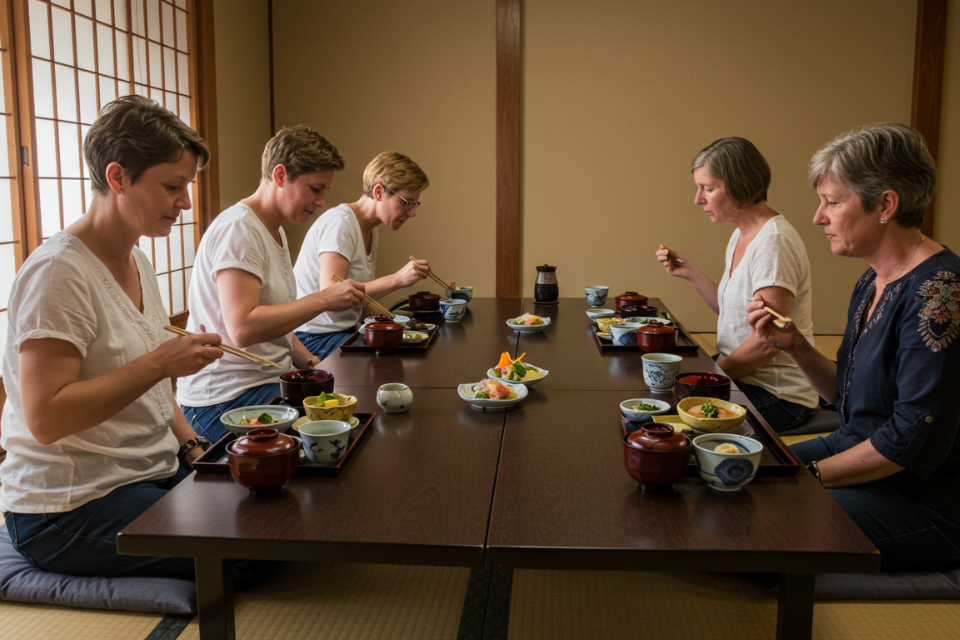
The main characteristics of vegetarian cuisine are, The major characteristic of vegetarian cuisine is that it does not use any animal products such as meat, seafood, eggs, or dairy products. meat, seafood, eggs, and dairy products. Instead, it is prepared mainly with seasonal vegetables, soy products such as tofu and deep-fried tofu, konnyaku, and wild vegetables.
For this reason, vegetarian cuisine is completely vegan in nature and can be enjoyed with peace of mind.
Another major advantage for vegans is the use of broth made from kombu (kelp), shiitake mushrooms, and vegetables instead of animal broth (such as dried bonito and dried sardines).
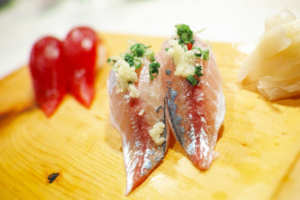
Places to experience vegetarian cuisine
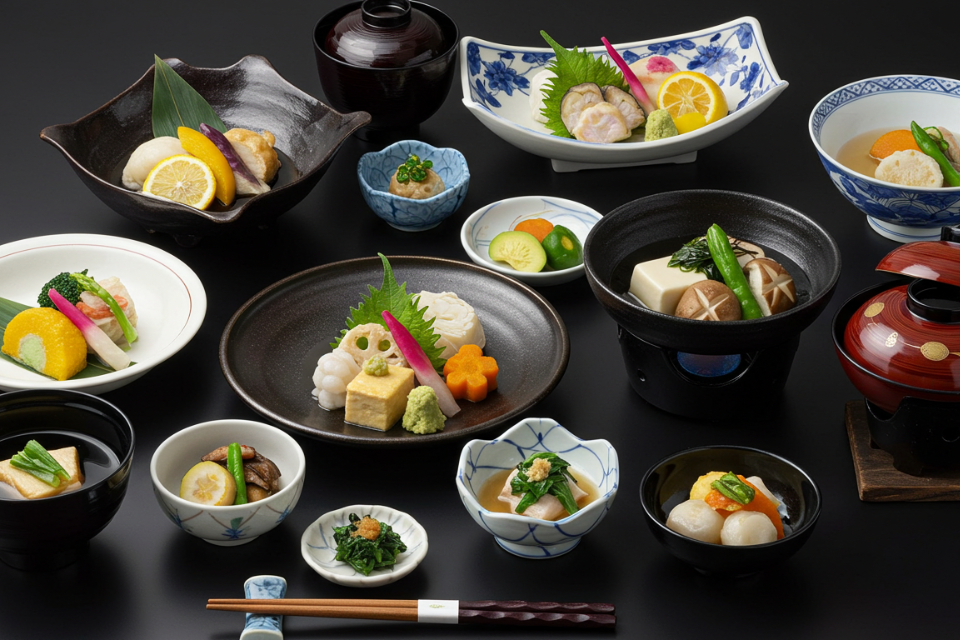
Today, vegetarian cuisine can be experienced at a variety of locations, including
- Specialized vegetarian restaurants: A growing number of restaurants specialize in vegetarian cuisine, such as Senzen in Kyoto and Daigo, a Michelin-starred restaurant in Tokyo. Here, you can enjoy authentic, beautifully presented course meals using seasonal vegetables, tofu, and other ingredients.
- Temples and Shukubo: At temples such as Koyasan, you can experience the same vegetarian cuisine as the monks by staying at a shukubo. This is a valuable opportunity to learn more about the culture of vegetarian cuisine.
- Fine restaurants and hotels: Some fine restaurants serving traditional Japanese cuisine and some hotels also offer vegetarian courses.
- General restaurants: An increasing number of restaurants are offering health-conscious menus that incorporate elements of vegetarian cuisine and vegetarian/vegan options.
Thus, vegetarian cuisine is now a unique and special meal that allows many people to experience Japanese food culture and philosophy.

History of Vegetarian Cuisine
The history of vegetarian cuisine dates back to the introduction of Buddhism to Japan in the 6th century.
Although vegetarian food was already being prepared in temples during the Nara period (710-794), it was not until the arrival of Zen Buddhism in the Kamakura period (1185-1333) that it developed in earnest.
Especially at Eiheiji Temple, founded by Zen master Dogen, meals were emphasized as a part of ascetic training, and the manners and mindset of shojin ryori were established.
In the Muromachi period (1336-1573), along with the development of the tea ceremony, vegetarian cuisine was refined, and by the Edo period (1603-1867), it had spread to the general public.
Although general Japanese cuisine has changed since the prohibition of meat eating during the Meiji era (1868-1912), vegetarian cuisine has maintained its traditions and continues to the present day.
Even foreign VIPs are impressed! The Deep Appeal of Vegetarian Cuisine
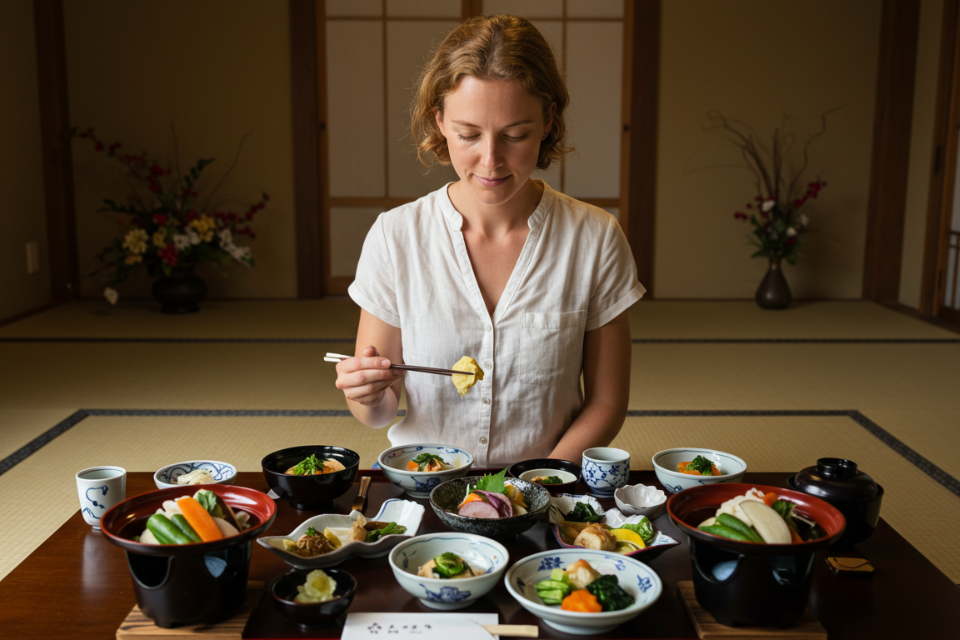
Hailed by international celebrities and VIPs as “the most impressive meal ever,” vegetarian cuisine is more than just a meal; it is an exquisite Japanese artistic experience. Its appeal lies not only in its restriction to no meat or fish.
Rather, it is the deep spirituality nurtured within these constraints, the harmony with nature, and the ingenuity of the craftspeople who have the power to move people.
Shojin ryori is a culinary culture that beautifully combines gratitude for the life of each ingredient, a Japanese sense of beauty that expresses the delicate changes of the seasons, and the spiritual practice of purifying the body and soul through food. We will now reveal the core of this profound fascination one by one.
Respect and appreciation for food
One of the most appealing aspects of vegetarian cuisine is the deep respect and appreciation for all ingredients, is the deep respect and appreciation for all ingredients. and appreciation for all ingredients.
Buddhism teaches that all life is precious, not only animals but also plants. Eating is deeply rooted in the awareness that eating is an act of “receiving life” from plants.
This spirit is clearly expressed in the cooking methods. For example, vegetables are prepared in such a way as to use up not only the fruits and leaves, but also the skin and roots, which are usually discarded.
This is not just a matter of saving money; it is an expression of the utmost gratitude to the foodstuffs we consume, and a way of not wasting the life we have been given. This “whole foods” philosophy resonates deeply with modern sustainability and SDGs (Sustainable Development Goals) principles, and has been particularly well received by environmentally conscious international VIPs.
Japanese sense of beauty that values the seasons
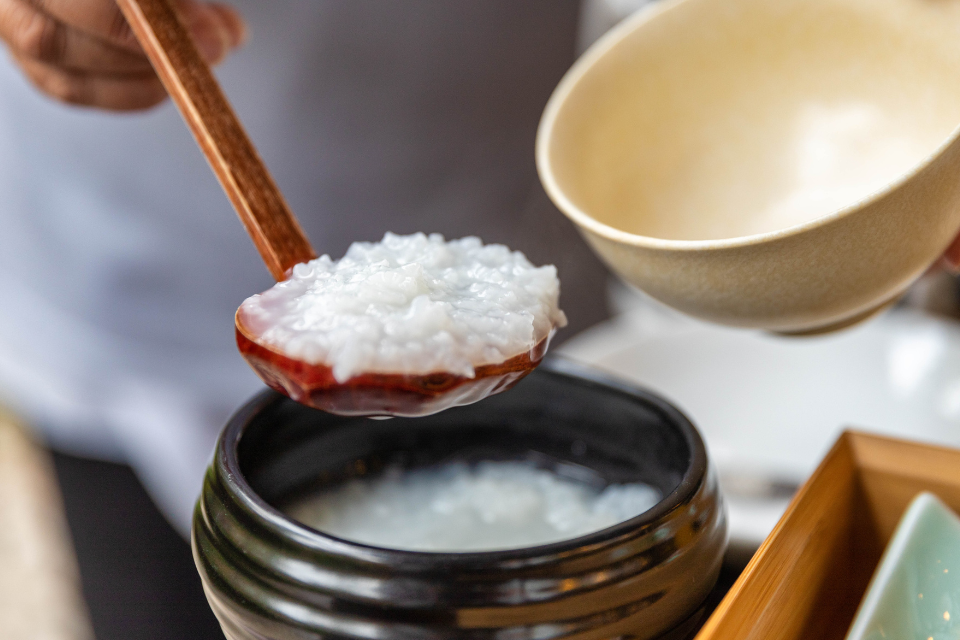
In vegetarian cooking, the most important thing is to use seasonal ingredients, that is, ingredients that are at their most delicious during the season.
- Spring: bamboo shoots and aromatic wild vegetables
- Summer: fresh eggplant and cucumber
- Autumn: Rich harvest of chestnuts and persimmons
- Winter: sweetened daikon radish and Chinese cabbage
By taking advantage of these seasonal blessings, we can create dishes that bring out the best of nature’s power.
However, the expression of seasonality in vegetarian cuisine is not limited to the choice of ingredients.
The choice of serving utensils and the way each dish is decorated with seasonal flowers and leaves depicts the beautiful seasonal changes of Japan on the dining table. This delicate and comprehensive expression of the seasons has deeply touched and impressed many foreigners as an expression of Japan’s unique sense of beauty.
In Kyoto, the ancient capital of Japan where Japanese food culture is still alive, there are many gourmet restaurants that are popular among foreign tourists.
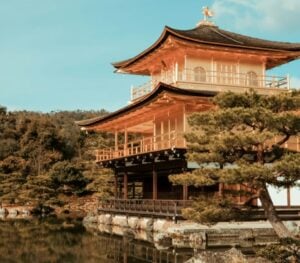
Appearance and Ingenuity
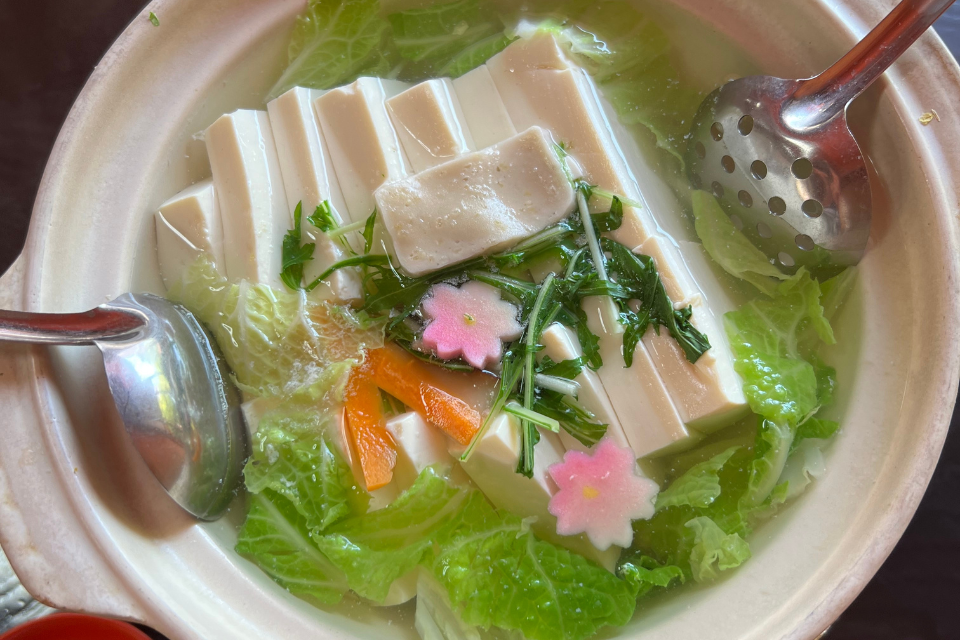
Despite the strict restrictions on the use of animal products such as meat, fish, eggs, and dairy products, vegetarian cuisine is surprisingly rich and visually pleasing.
It is this constraint that stimulates the chef’s creativity and drives him or her to create amazing inventiveness.
For example, tofu is skillfully cooked to reproduce the texture of fish or meat, and soup stock carefully made from kelp, shiitake mushrooms, and vegetables is used to create complex and deep flavors using only vegetable ingredients.
The beautiful arrangement of colorful vegetables and the delicate presentation of seasonal flowers and plants make each dish a work of art, just like a painting.
This visual beauty enhances the flavor experience.
Meaning as a “food practice” to purify the mind

Shojin ryori is not simply a way to satisfy hunger, but rather as a part of “shugyo” (ascetic practice) to purify the mind through the act of eating and to strive for Buddhism. to purify the heart and mind through the act of eating.
By savoring each bite with care and quiet appreciation for the life that has become the food, one can release oneself from the hustle and bustle of daily life and feel a sense of calm and serenity.
This “mindful eating” style of eating is deeply connected to the concepts of meditation and mindfulness, which are gaining attention in today’s stressful society.
For world leaders with busy lives, this quiet time for a meal to face themselves is highly valued as a valuable experience to reset their minds and regain inner peace.
Why is it attracting attention abroad?
Health-consciousness, sustainability, and interest in Japanese culture. These growing trends are the main reason why vegetarian cuisine is attracting so much attention.
There is no single reason why vegetarian cuisine is attracting attention abroad.
This is because the universal value of vegetarian cuisine is in perfect harmony with contemporary global trends such as health consciousness, environmental awareness, and cultural curiosity. Specifically, the following are some of the many occasions in which vegetarian cuisine is attracting the attention of a diverse range of foreigners.
Health and Wellness Interests
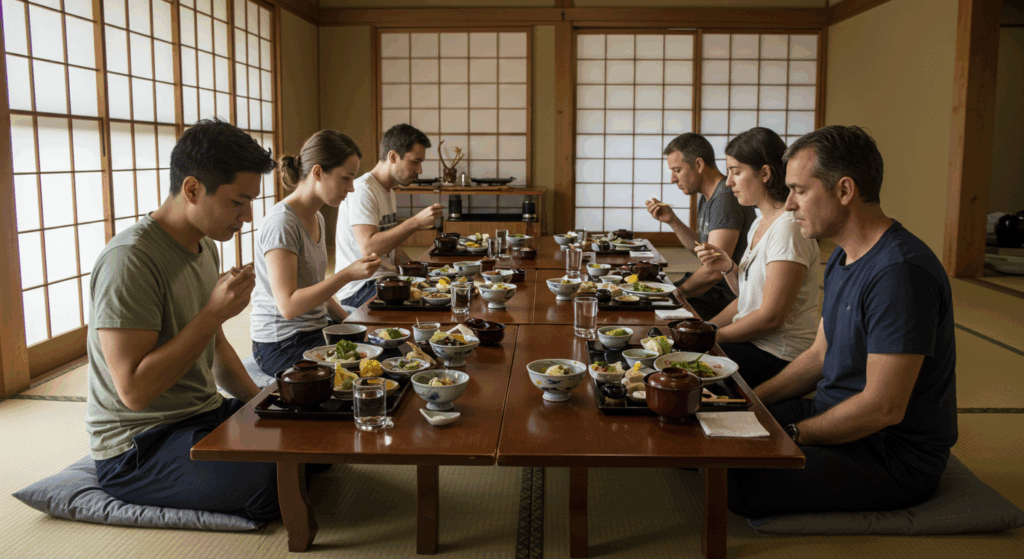
For people who value physical and mental health, such as Silicon Valley IT entrepreneurs and Europe’s wellness-conscious population, vegetarian cuisine is seen as the ideal diet.
A situation where vegetarian food is served as part of a retreat (training camp) or meditation experience in Japan.
They believe that a clean diet free of animal products, garlic, and chemical seasonings purifies the body and mind. The practice of “mindful eating,” in which meals are savored in silence, is highly valued for its calming effect, similar to meditation.
Growing environmental awareness and contribution to the SDGs
Sustainability activists and the next generation of leaders are also turning their attention to vegetarian cuisine.
Dinner at an international conference on environmental issues or a symposium on the future of sustainable food.
The spirit of “zero-waste,” which is based on an appreciation for food, using up all the vegetables, even the peels and roots, has been praised as a progressive food culture in an age when food loss is a global issue. It is also fully in line with the SDGs.
Exploring Japan’s Unique Spiritual Culture
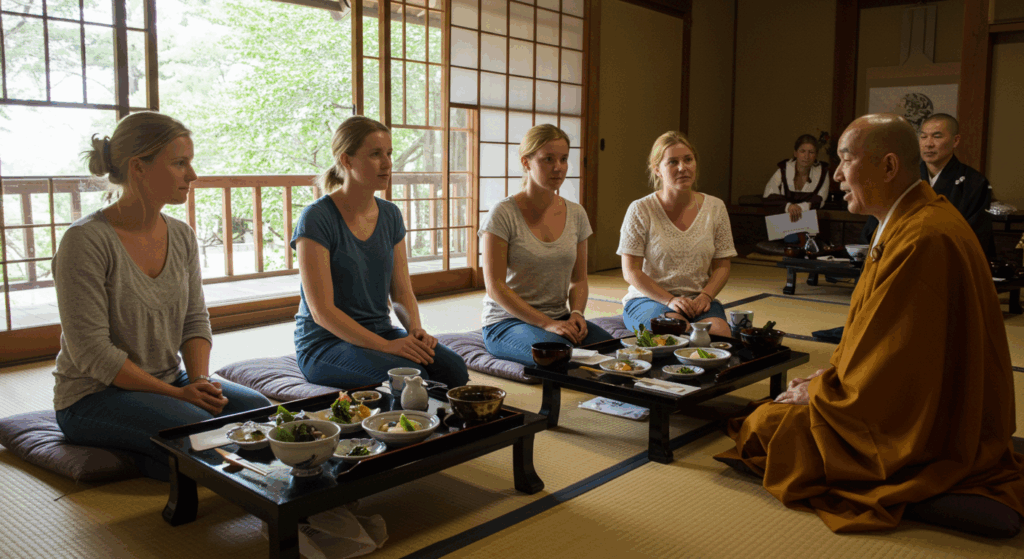
For foreign visitors who wish to experience the culture and spirituality of a country in depth, rather than simply sightseeing, vegetarian cuisine is an indispensable cultural experience.
A situation in which participants participate in an overnight stay at a temple (shukubo) and eat vegetarian food in the same manner that monks eat it on a daily basis.
For them, this is an extremely valuable and authentic opportunity to experience firsthand the teachings of Buddhism and the profound Japanese philosophy that “to eat is to live” through food.
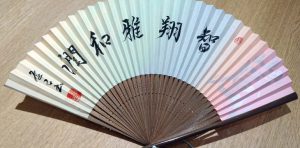
Quality and rarity to satisfy the world’s gourmets
Celebrities and VIPs from the world of gastronomy and political and business worlds appreciate vegetarian cuisine as “the ultimate culinary art”.
An official dinner for a state guest or a special dinner at an exclusive ryotei (Japanese-style restaurant).
What impresses them is the chef’s exceptional skill and creativity in recreating the texture of meat with tofu and creating complex flavors with only vegetables, all within the constraints of using no meat or fish. Combined with the deep spirituality behind the cuisine, it has been praised as “the most impressive meal I have ever had.
Etiquette and Preparation for Eating Vegetarian Cuisine

In vegetarian cooking, there are unique manners and customs to appreciate the life of the ingredients and to eat them without wasting any of them. and manners to appreciate the life of the ingredients and to eat them without waste. and manners to appreciate the life of the ingredients and eat them without wasting them. It may seem difficult to understand, but it is okay as long as you keep the basic points in mind.
1. greeting and preparation for meals
Before starting to eat, we join our hands together and say “Itadakimasu” (Thank you for the food) quietly and gratefully. This is not merely a greeting, but an important gesture of respect for the life that has become the food and for the person who prepared the dish.
After finishing the meal, they similarly join hands and say “Gochisoso-sama desu” (thank you for the food).
2. manners during meals
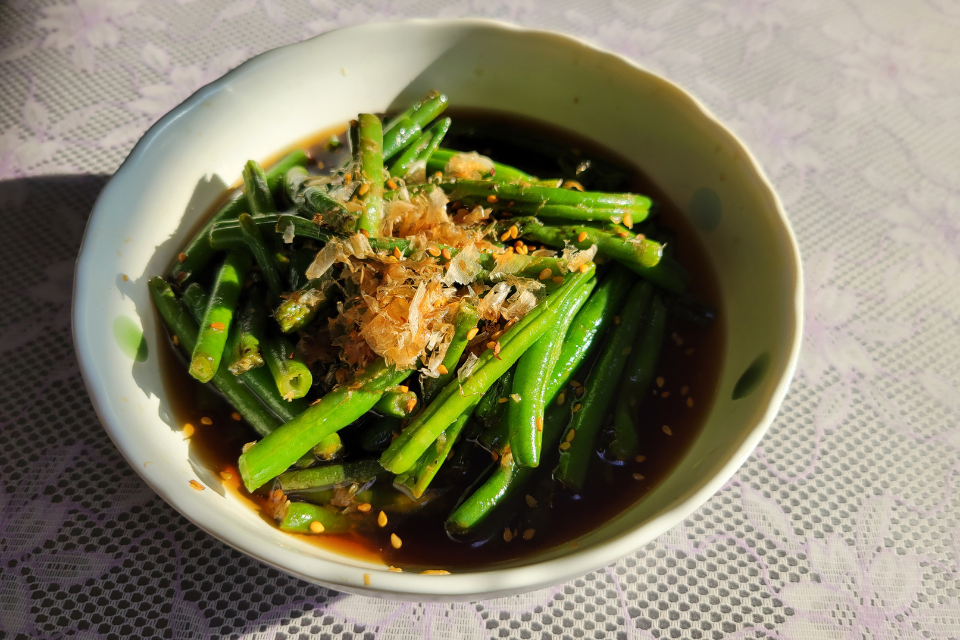
During the meal, we do not waste time talking, but rather take our time and quietly enjoy the flavors of the food itself.
In addition, one should avoid stabbing the food with chopsticks, pulling the vessel closer, or licking the tips of the chopsticks. This shows respect for the food, the vessel, and the people around you.
3. how to handle the vessel
The bowl is held carefully with both hands and handled quietly so as not to make any noise. Soup should also be drunk quietly, with the mouth directly over the bowl. When you have finished eating, carefully return the bowl to its original position.
4. the importance of eating without leaving any leftovers
One of the most important attitudes in vegetarian cooking is to “eat without leaving any food behind. This is based on the idea of not wasting the life of the food. Be sure to take only what you can eat.
If you are a beginner, don’t think too hard. All of these manners are born out of gratitude. There is no need to think too hard.
If you have any concerns, it is enough just to be aware of the need to eat mindfully and quietly.
The most important thing is to have an appreciation for the ingredients and the food, rather than perfect manners.
If you do not know the etiquette, you can learn from those around you or ask the restaurant staff. Vegetarian cooking is a time to calm your mind and quietly face the meal. First of all, try to enjoy the experience itself.
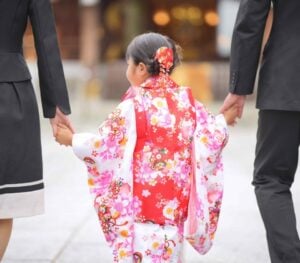
Garlic and chives are not! Ingredients not used in vegetarian cooking
Although vegetarian cuisine has a strong image of being healthy, did you know that it actually has its own strict rules besides the absence of meat and fish?
Unlike most vegetarian dishes, certain vegetables that are an integral part of our diet are also considered ingredients to be avoided. Typical examples are garlic and chives, which have a strong aroma.
In Buddhist teachings, these vegetables are called ” five garlic and five pungent roots ” and are considered to be disruptive to the body and mind and an obstacle to one’s practice.
What exactly are these “five pungent roots” that are indispensable for understanding the depth of vegetarian cuisine? Let’s take a closer look in the next section.
Five pungent roots and roots
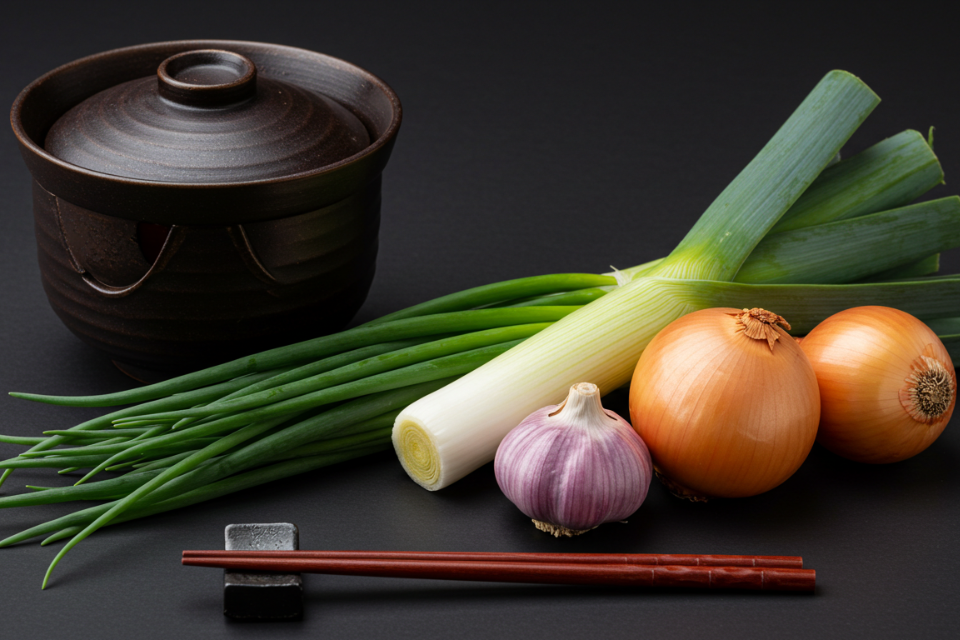
In vegetarian cuisine, five vegetables called five pungent roots and five pungent roots are not used.
- Garlic (garlic): strong odor and pungent, considered a hindrance to training
- Chinese chives (Chinese chives): similarly strong-smelling and said to have stimulant effects
- Rakkyo (Japanese leek): strong odor, considered too appetizing
- chives: a type of green onion with a strong odor
- Onions (leeks): modern onions are often included.
This is because these vegetables have a strong odor and are thought to cause excitement and difficulty concentrating on one’s practice when eaten.
Prohibition of animal products
The following animal products are not used in vegetarian cuisine
meat products in general
- All livestock meat, including beef, pork, and poultry
- Including gibier (wild animal meat)
Seafood in general
- Fish (both freshwater and saltwater fish)
- Crustaceans and mollusks such as shrimp, crab, octopus, and squid
- Shellfish in general
Other animal-derived foods
- Eggs (chicken eggs, fish eggs, etc.)
- Dairy products (milk, cheese, butter, etc.)
- Honey (because of its insect origin)
Other foods to avoid
In modern vegetarian cooking, the following ingredients may also be avoided
- Chemical seasonings: To emphasize natural taste
- White sugar: because bone charcoal is sometimes used in the refining process
- Alcoholic beverages: because they are believed to disturb the mind
If you would like to learn more about sake, an essential part of Japanese food culture, please see this article.
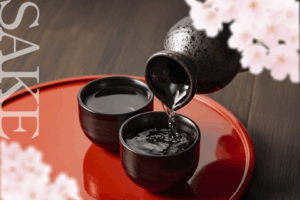
Why not use these ingredients? Religious background
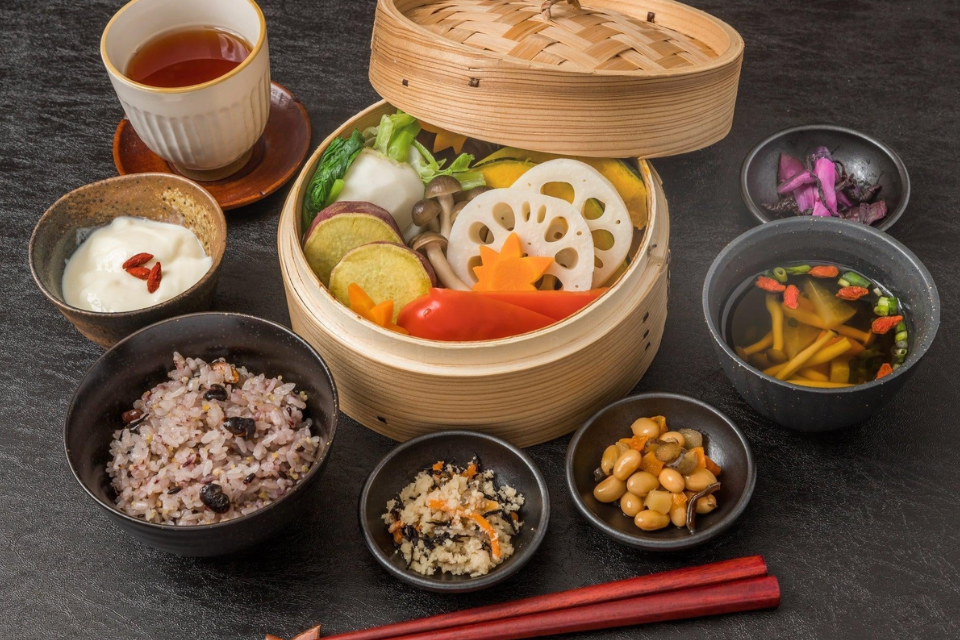
The reason for avoiding these ingredients is based on the Buddhist precept of non-killing. We do not use animal products because we respect all life and avoid killing.
The reason for the five pungent roots and five garlic is that the strong smell and stimulation of these ingredients are thought to disturb the mind and stimulate desire in ascetic monks. In vegetarian cuisine, where food is considered part of the ascetic training, any element that hinders the purification of the mind is eliminated.
Recommended vegetarian dishes
Vegetarian cuisine is now attracting renewed attention as a healthy meal that regulates the body and mind.
Not only does it use no meat or fish, but its cooking method, which maximizes the flavor of seasonal vegetables and grains, is highly regarded by foreign gourmets as a uniquely Japanese culinary culture.
To learn more about the appeal of such vegetarian cuisine, we will begin by introducing some basic ingredients.
Basic ingredients
Here are some basic ingredients commonly used in vegetarian cooking.
Soy Products
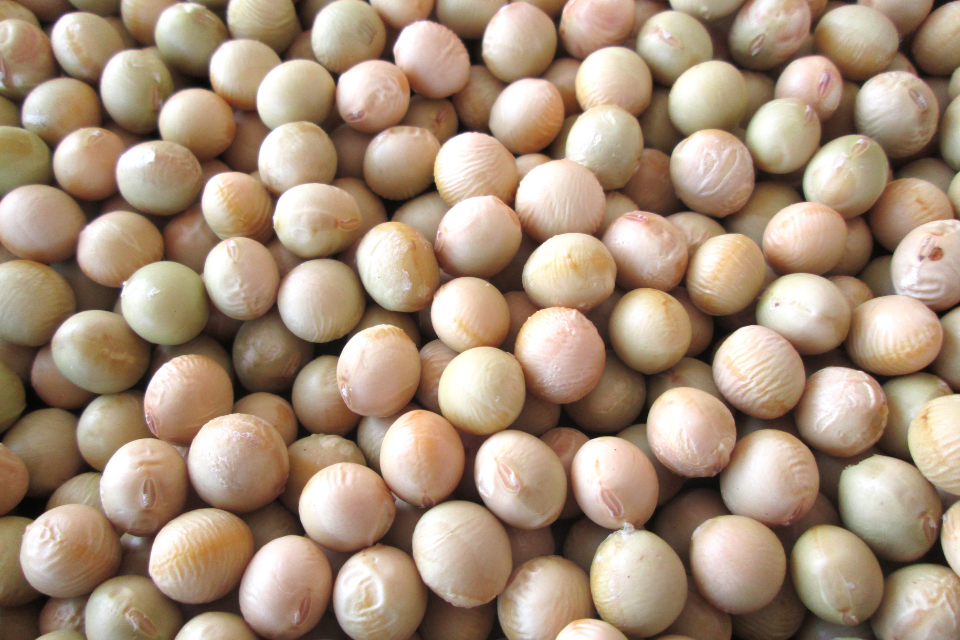
- Tofu (cotton or silken)
- Deep-fried tofu, deep-fried tofu
- tofu skin
- soy milk
vegetables
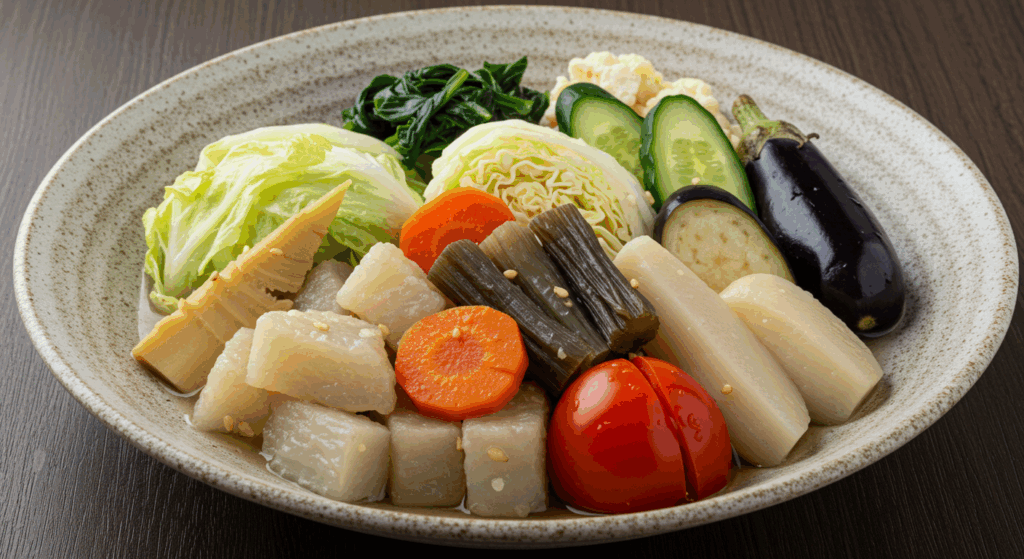
- Root vegetables such as radish, carrot, burdock root
- Leafy vegetables such as Chinese cabbage and cabbage
- Fruit vegetables such as eggplant, cucumber, tomatoes, etc.
- Bamboo shoots, wild vegetables
seaweed

- Kelp, wakame seaweed, nori
- Hijiki, mozuku seaweed
mushrooms
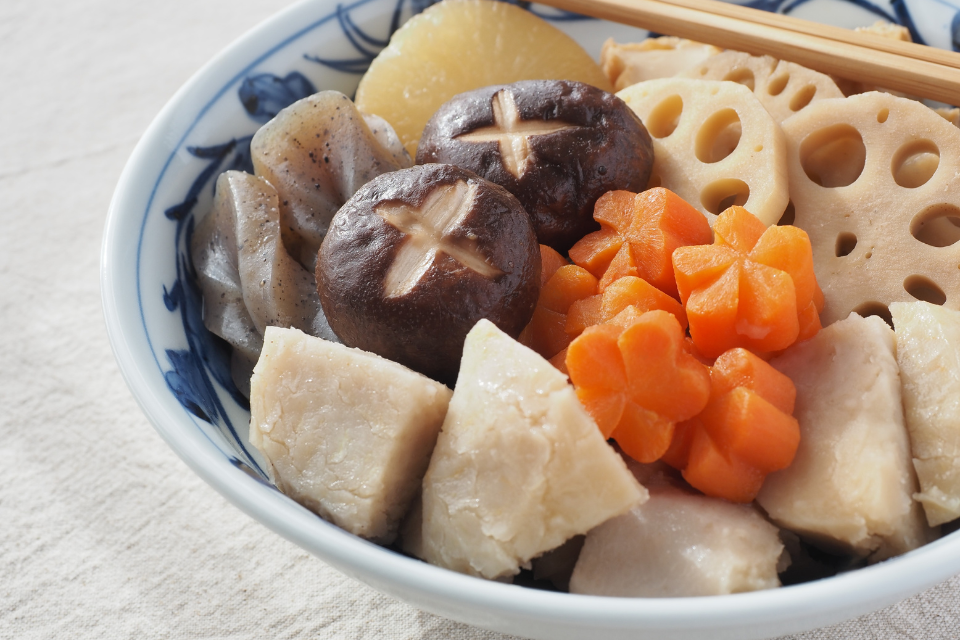
- shiitake mushrooms, shimeji mushrooms, enoki mushrooms
- Maitake mushroom, eringi mushroom
Typical vegetarian menu
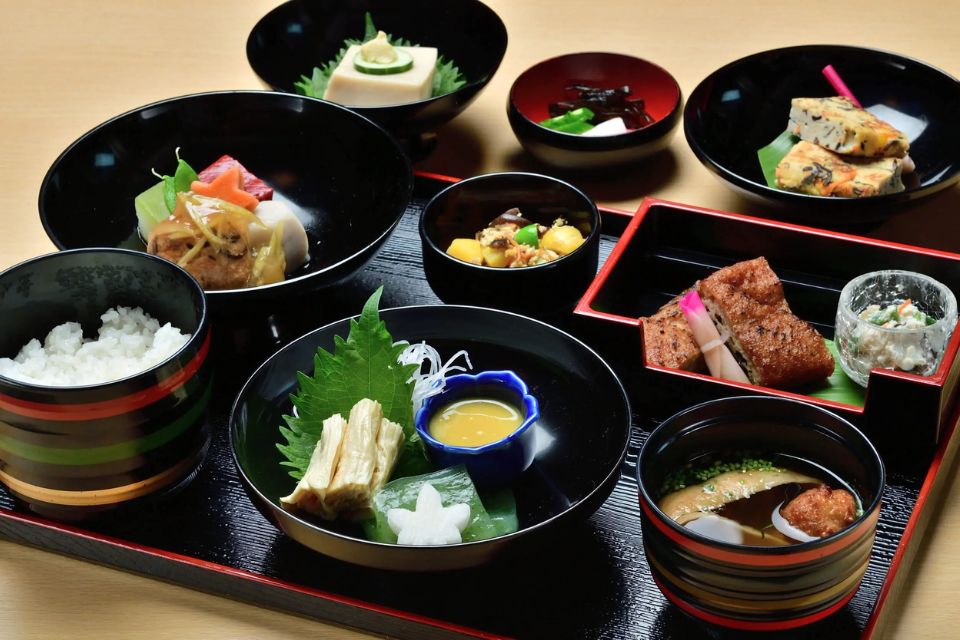
The word “vegetarian cuisine” may conjure up images of simplicity, but the menu is surprisingly deep, with beautiful dishes that are full of seasonal flavors and charm.
The use of seasonal vegetables and grains, and the ingenious use of ingredients that maximize their natural flavors are the hallmarks of vegetarian cuisine.
The spirit of Buddhism resides in each dish, which is nourishing and pleasing to the mind and body.
From here, we will introduce some of the most typical vegetarian dishes. Knowing their history and characteristics will make them even more delicious.
crushed sesame seeds boiled in water and chilled like tofu
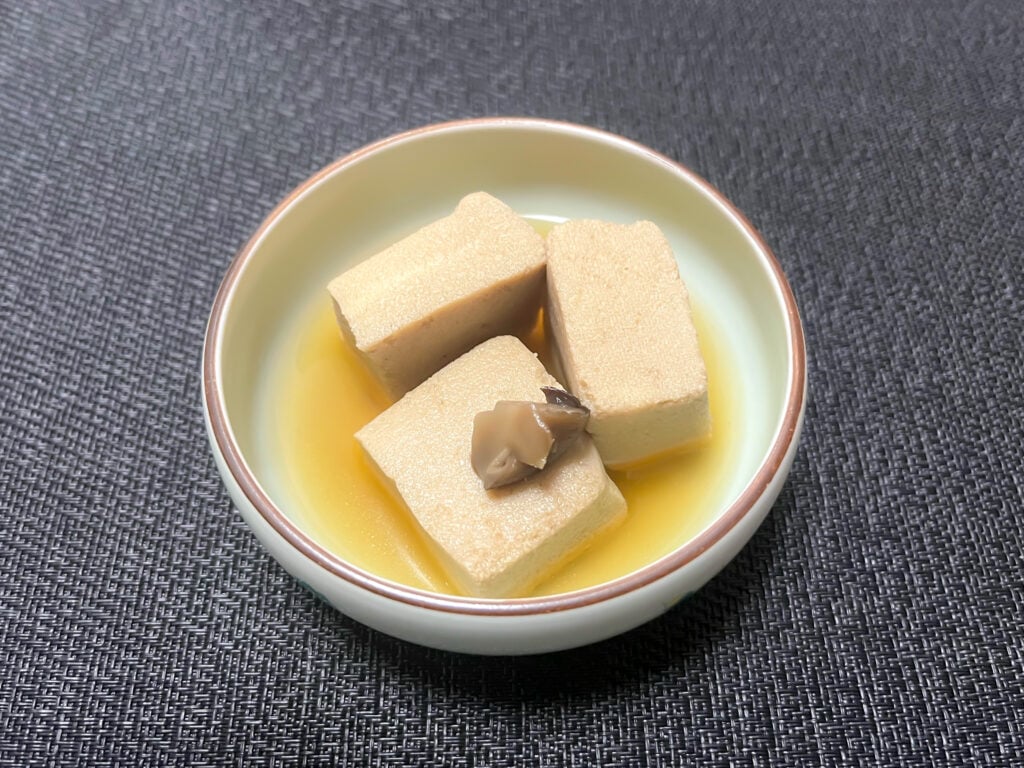
Sesame tofu is a typical vegetarian dish. It is made by grinding white sesame seeds, mixing them with kudzu starch, and carefully kneading the mixture. It is characterized by its smooth texture and savory sesame flavor, and is served with wasabi soy sauce or yuzu miso. Rich in protein, it was also a valuable source of nutrition for ascetic monks.
Vegetables cooked together

Seasonal vegetables are gently cooked in kombu and shiitake mushroom broth. Root vegetables such as radish, carrot, lotus root, taro, and bamboo shoots are the main ingredients, bringing out the natural sweetness of each vegetable. This healthy dish is beautiful to look at and provides a variety of nutrients in one dish.
vegetable tempura
This vegetable tempura-like dish is made by frying seasonal vegetables and mushrooms in a light batter. Eggplant, bell bell pepper, pumpkin, shiitake mushrooms, and maitake mushrooms are often used. The egg-free batter is made with flour, water, and sometimes soy milk for a crispy texture.
Seasonal simmered dishes
Seasonal simmered dishes” in vegetarian cuisine are not simply a la carte dishes.
It is the fruit of a delicate sense of beauty that expresses the richness of Japan’s four seasons at the dinner table. Seasonal vegetables that are at their most delicious at the time of year are gently simmered in a carefully prepared broth of kombu and shiitake mushrooms to maximize the natural sweetness and flavor of the vegetables.
This dish embodies the concept of ” tasting the season, ” which has long been cherished in Japanese food culture.
- Spring: Tender and flavorful bamboo shoots. The bitterness and crispy texture of bamboo shoots, which have sprouted strongly after enduring the cold of winter, give us a sense of joy that heralds the coming of a new season.
- Summer: Fresh winter melon stew. Winter melon grown with plenty of water during the hot season cools the body, and at the same time, its gentle flavor that melts in the mouth relieves summer fatigue.
- Autumn: Taro stew symbolizes the season of abundant harvest. Its sticky texture and earthy aroma evoke the deepening autumn.
- Winter: Stewed daikon radish with increased sweetness. Daikon radish grown in the severe cold is surprisingly sweet and has a gentle flavor that warms the body from the core.
In this way, vegetarian nimono teaches us to feel the blessings of the season through each dish and to enjoy with all five senses the delicacies that can only be found at that particular time of the year.
The simple yet profound flavors that make the most of the ingredients’ unique qualities remind us of our appreciation for nature and the Japanese sense of beauty in enjoying the changing of the seasons.
how to make dashi (Japanese soup stock)
In vegetarian cuisine, the way dashi is prepared is the key to flavor.
soup stock made from konbu
Soak the kelp in water overnight, then slowly raise the temperature over low heat and remove the kelp just before boiling.
shiitake mushroom soup stock
Dried shiitake mushrooms are rehydrated in water and the rehydrated soup stock is used as dashi. It is rich in shiitake’s umami ingredients.
vegetable soup
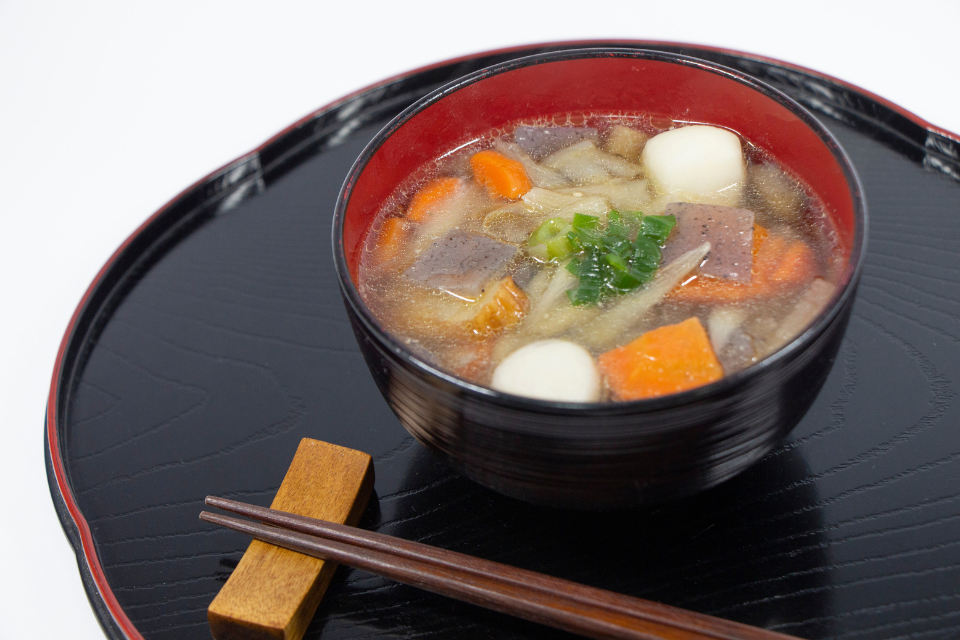
A broth made by simmering vegetable scraps such as carrots, onions, and celery is also used.
Cooking Methods and Key Points
The following innovations are used in the preparation of vegetarian food.
- Eliminate food wastage: Vegetable peels and leaves are also used in cooking.
- Utilizing natural sweetness: Cooking methods that bring out the natural sweetness of vegetables
- Texture: Tofu is frozen to create a meat-like texture.
- Aesthetics: Visually pleasing with colorful vegetables
- Nutritional balance: Balanced nutritional intake with limited ingredients
Shojin ryori is a profound food culture that expresses the spirit of Japan.
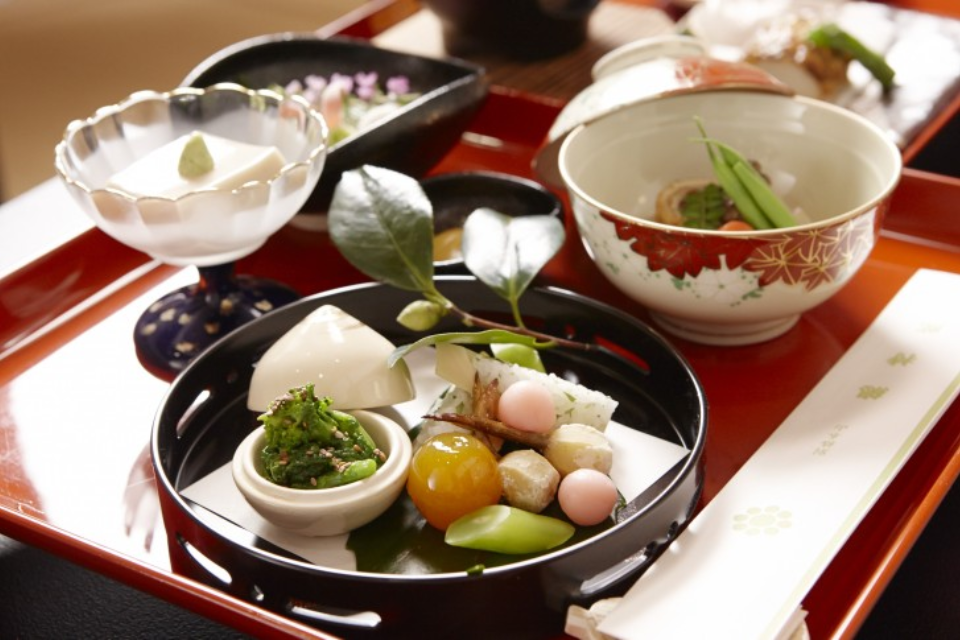
Vegetarian cuisine is more than just vegetarian food; it is a profound culinary culture deeply connected to the spiritual culture of Japan.
The concept of eating as a discipline to purify the mind, with a sense of gratitude for foodstuffs and an aesthetic appreciation of the seasons, offers many lessons for those of us living in modern society.
Shojin ryori, which expresses rich flavor and beauty through ingenuity and skill without the use of any animal ingredients, is truly a crystallization of the spirit of Japanese craftsmanship. Foreign VIPs are impressed by the deep spirituality behind the cuisine and the high level of culinary skill that goes into it.
Today, it is gaining attention from people without a religious background due to growing health consciousness and concern for environmental issues. It has much in common with modern values of sustainable eating and mindful eating, and the universal value of vegetarian cuisine is being reevaluated.
Starting with a basic knowledge of vegetarian cuisine, you will gain a deeper understanding of its profundity by actually experiencing it at a temple or a restaurant specializing in vegetarian cuisine. The experience of eating vegetarian food while appreciating each bite and being grateful for the life of the ingredients is sure to leave a deep impression on your mind.
We hope to continue to pass on the value of vegetarian cuisine as a traditional Japanese food culture.





